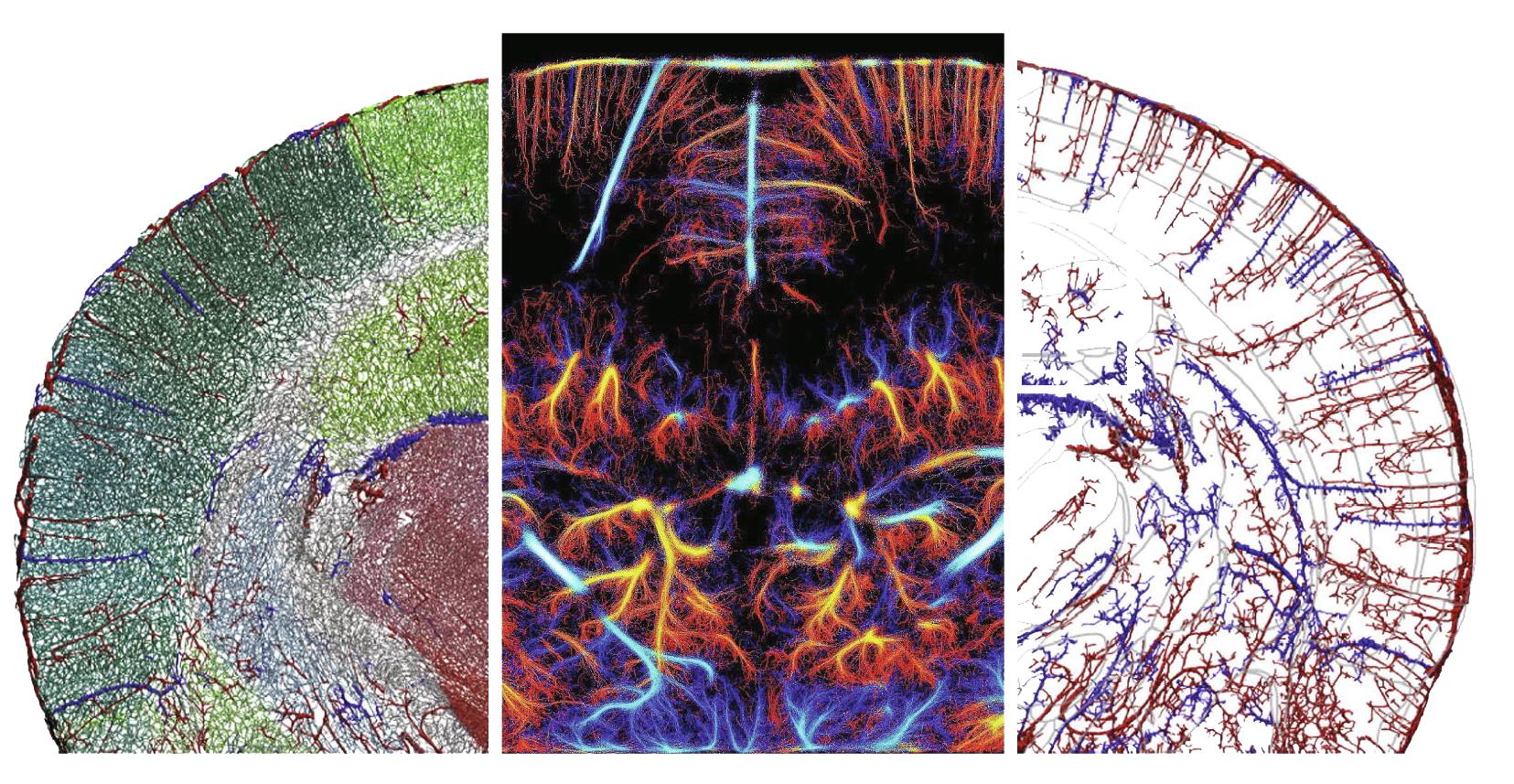The advent of biomolecular ultrasound imaging
The Maresca Lab introduces the nascent field of biomolecular ultrasound imaging, a molecular imaging approach that relies on genetically encoded acoustic biomolecules to interface ultrasound waves with cellular processes. They review ultrasound imaging applications bridging wave physics and chemical engineering with potential for deep brain imaging.
Abstract
Ultrasound imaging is one of the most widely used modalities in clinical practice, revealing not only human prenatal development but also arterial function in the adult brain. Ultrasound waves travel deep within soft biological tissues and provide information about the motion and mechanical properties of internal organs. A drawback of ultrasound imaging is its limited ability to detect molecular targets due to a lack of cell-type specific acoustic contrast. To date, this limitation has been addressed by targeting synthetic ultrasound contrast agents to molecular targets. This ultrasound molecular imaging approach has proved to be successful but is restricted to the vascular space. Here, we introduce the nascent field of biomolecular ultrasound imaging, a molecular imaging approach that relies on genetically encoded acoustic biomolecules to interface ultrasound waves with cellular processes. We review ultrasound imaging applications bridging wave physics and chemical engineering with potential for deep brain imaging.
The advent of biomolecular ultrasound imaging
Baptiste Heiles, DionTerwiel, David Maresca
